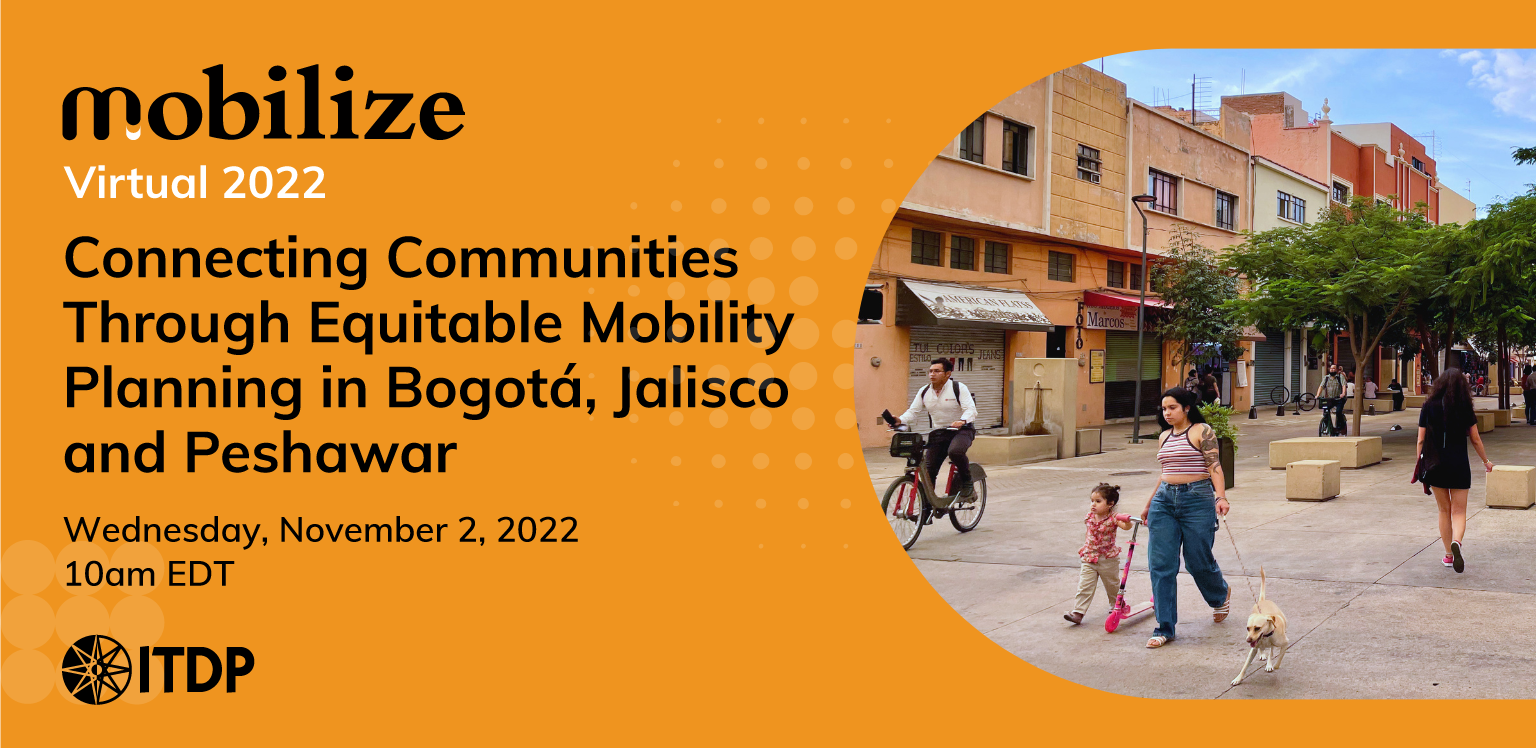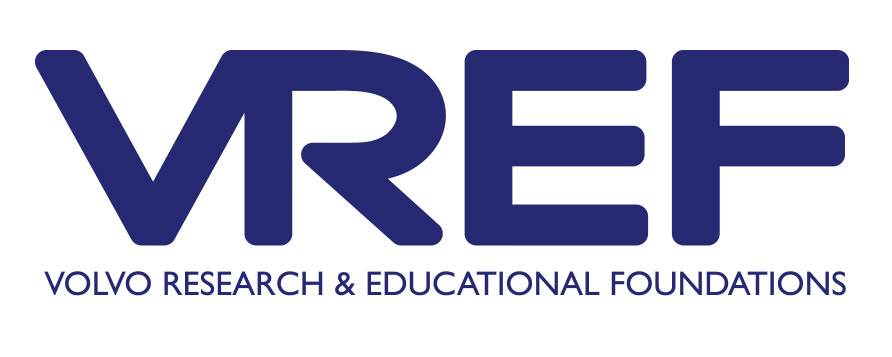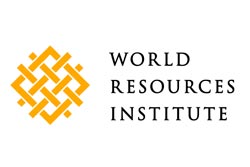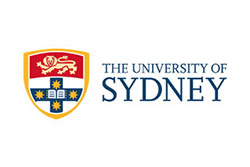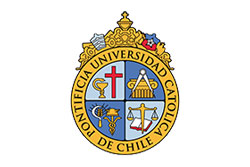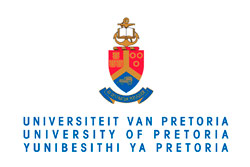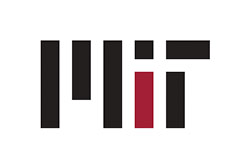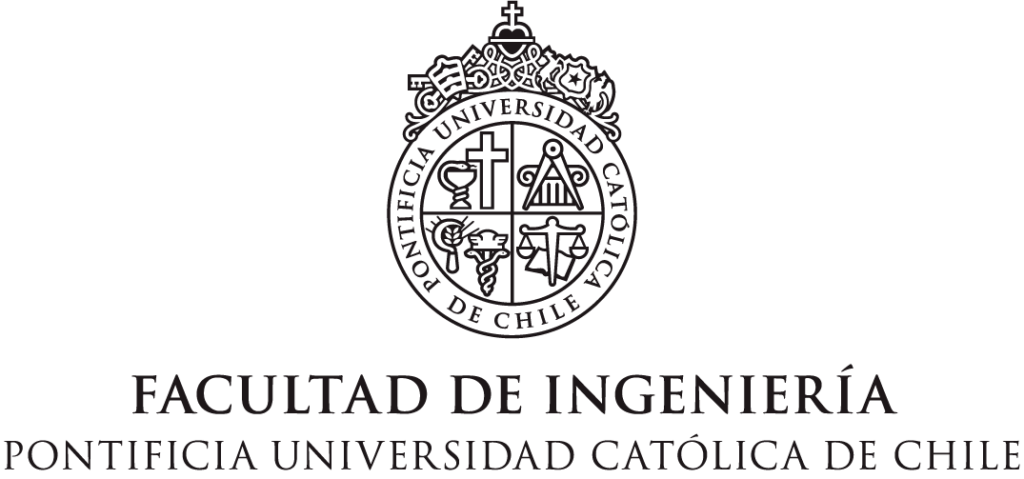Opinion Pieces: since 2007, Prof. David Hensher has written an opinion column in the Australasian Bus and Coach magazine, where he monthly discusses a lot of different transport-related hot topics. In this section we are revisiting these columns.
May 2011
Have you ever thought about how many buses could be purchased for the same amount of money invested in a major metropolitan rail project? Let us reasonably assume that heavy rail projects being proposed in some major metropolitan areas will cost $5billion, which in my view is conservative (given the Hensher rough rule of thumb to double the costs and you are close to reality), and that a single bus unit costs on average $350,000. Simple arithmetic suggests we could have on our roads an extra 14,250 buses. There are currently slightly less than 4000 buses operating the Sydney metropolitan area, so this would increase the total fleet to 18,250, or 4.56 times. Now what if there were two heavy rail projects? Our estimate is that we could buy 28,500 extra buses, increasing service capacity by 7.125 times. This is a huge (or maybe humungous) increase in service capacity that can be spread throughout an entire network and deliver huge benefits in terms of accessibility and mobility (in addition to jobs), which is unlikely to be the case for the single corridor rail project (or two rail projects). Such simple comparisons are never done, but surely it sends a strong message about where the potential benefits of public transport growth might be. Would this make traffic congestion worse? Yes if it had no impact on car use, but with an extra 28,500 (or even 11,400) buses it is hard to believe that they would not have significant impact on reducing car use, since such buses can really focus of connectivity and frequency, both of which are central to achieving the objectives of patronage growth (which has desirable financial and environmental outcomes), and coverage which delivers equity and social inclusion outcomes. Indeed a recent study by John Stanley, David Hensher and colleagues has shown that the major single benefit estimated to flow from Melbourne’s route bus services is the social inclusion benefit, which is valued at $A784m annually, or 43.5% of total estimated benefits.
Food for thought
¿Comments? ¿Opinions? ¿Similar News? Send them to us!





